What is phonics?
Phonics for Parents and Carers: A Guide to Understanding and Helping Your Child Learn
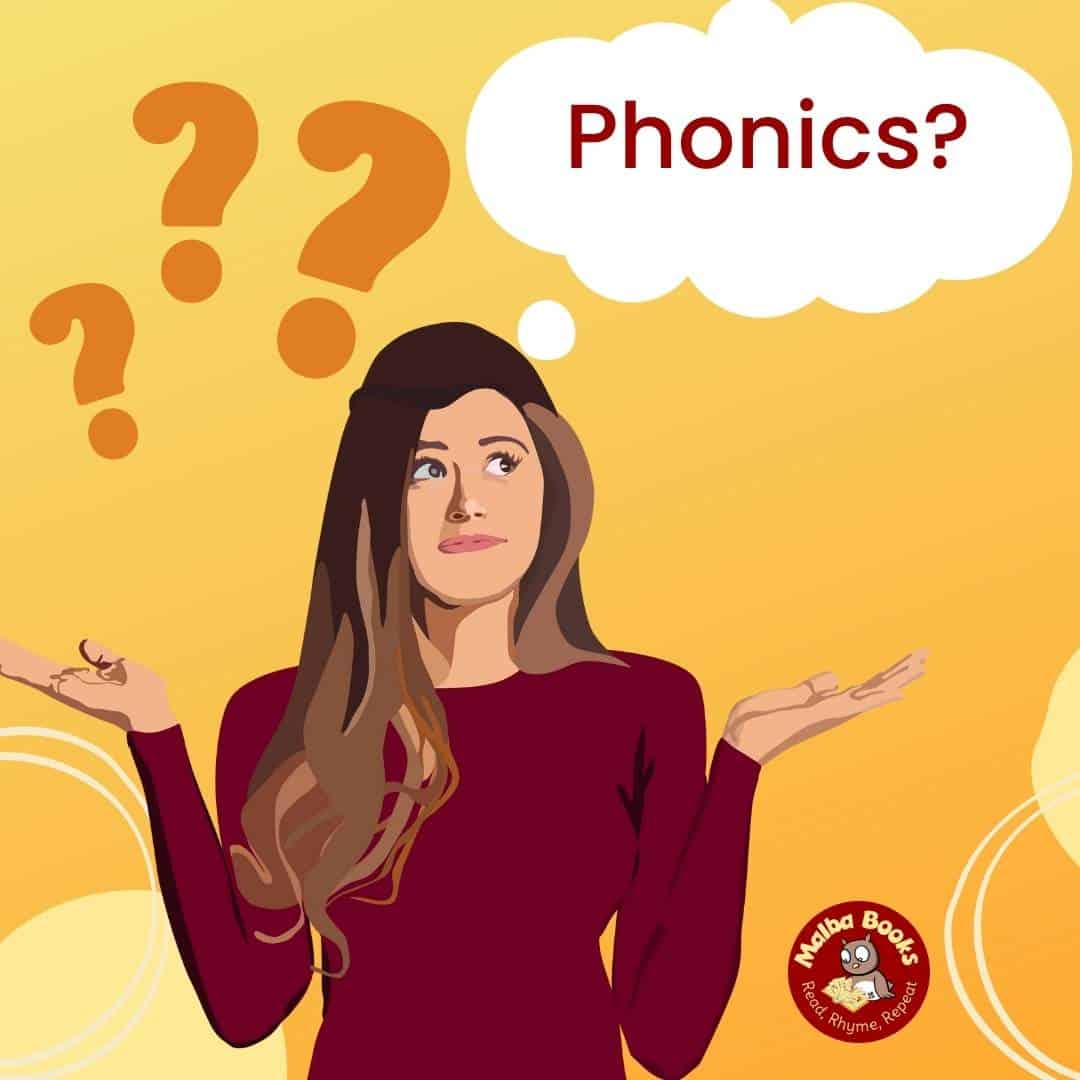
Phonics is one of the main ways that children learn to read. It can be a bit confusing for parents and carers, so here's a blog post explaining what phonics is, and giving some tips on how you can help your child learn it.
The Basics.
Phonics is a way of learning to read by connecting sounds with letters. It can be a bit confusing to understand at first, but once you get the basics down, it's pretty easy.
Once your child understands phonics, they will be able to sound out words and read them correctly.
So let’s take a closer look…
Phonics works by breaking each word up into its individual sounds before blending those sounds back together to make the word. Children learn to 'decode' words by breaking it down into sounds. This is much simpler than having to remember 1,000's of words individually.

Theres Terminology...
But don't be put off - it all boils down to sounds that make up words!
- Phoneme
- Grapheme
- Digraph
- Split Digraph
Firstly Phoneme:
A phoneme is basically a sound that is spoken. So a simple word like cat is made up of three phonemes (or simply put) three sounds, ‘c’, ‘a’ and ‘t’.
Similar words are 'mat', 'bug'.
Some sounds are made up of more that 1 letter of the alphabet such as the 'oa' in 'goat' or 'soap'. For example, 'soap' also has just 3 phonemes, 's' 'oa' and 'p'.

And Digraph:
A sound made by 2 letters together. So in the grapheme examples above ‘ck’ in 'luck' or 'duck' is a digraph.
Di means 2 and “graph” is a representation of information (in this case letters in the alphabet).
So other examples are “ch” in chip, chap, choose, “sh” in shut, shop, shadow or “oa” in boat, soap, float.


Then Grapheme:
This is the sound made by a written letter, pair, or even group of letters. For example the ‘c’ sound in 'cat' is the same as the ‘k’ sound in 'kit' and the ‘ck’ sound in 'luck'.
So three graphemes for one single sound.
Split Digraph:
To complicate life just a little more, digraphs can be split, meaning there's another letter separating the letters making the sound. This often happens when an ‘e’ is added to the end of a word: The e lengthens the sound of the vowel.
For example:
Add an ‘e’ to ‘dim’ and it becomes ‘dime’, ‘nod’ becomes ‘node’ and so on.
Why use Phonics?
I think we all know that the English language is not truly phonic. It has many quirks and challenges, but a child learning to read does not need to address these from the beginning.
Using phonics, we can give them a simple start to the difficult task of learning words and reading. There are just 44 phonemes (sounds) that need to be gradually learned rather than thousands of individual words.
So it is with children who learn to read fluently and well: They begin to take flight into whole new worlds as effortlessly as young birds take to the sky.
—William James
Not only does reading expand our world but learning to read is one of the most important stepping stones in early education. It gives your child the skills they need to move forward in every subject. They simply cannot progress without it.
So we need to make the learning process as simple as possible so they can succeed with ease!
By making learning to read an enjoyable process where kids succeed easily, they gain confidence and grow in their love of books and learning.
How can Parents help?
There are a few things that parents can do to help their children learn phonics:


Read to your kids every day:
This is perhaps the most important thing you can do. By reading to your child, you are exposing them to different words and how they are pronounced. 10 minutes a day consistently is enough to make a huge difference.
This will help them when they start learning phonics.
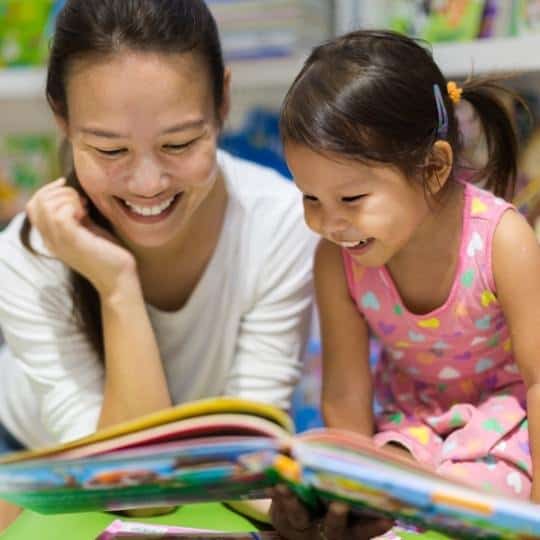
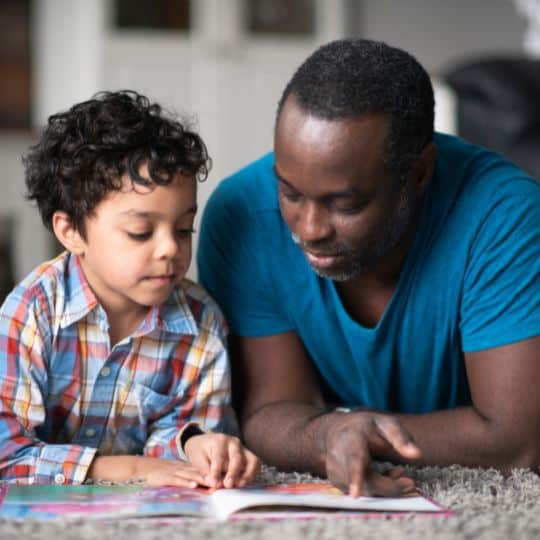
Alphabet books:
These are very popular for young children. Just be aware that they often just have a single image to go with each letter. You don’t want your kiddies to associate the letter with that one thing!
It’s a good idea to teach both the letter and its sound. For example you can say that the name of the letter is A and it makes the ‘a’ (ah) sound.
So many books start with an apple as the first picture. Ask if the child can hear the ‘a’ sound in apple. Exaggerate the sound for them a-a-a-aaaaple, then apple. It’s helpful to then find other words beginning with ‘a’. a-a-a-aaant, ant. A-a-a-aaavocado, avocado.
This way they will learn the sound that the symbol A (or a) makes the aaah sound and generalise. It’s important to associate the sound with the letter, not an object.
Sound out words:
When your child is starting to read, encourage them to sound out the words. This will help them understand how the letters in a word correspond with the sounds they make. Start with simple CVC (Consonant, Vowel, Consonant) words; 'p' 'e' 'g' is peg, 'm' 'a' 't' is mat and so on - some simple words to start with: dog, nip, put, hop, etc.
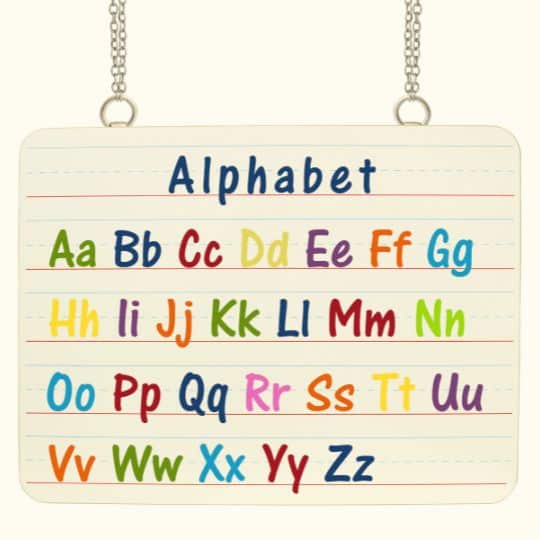
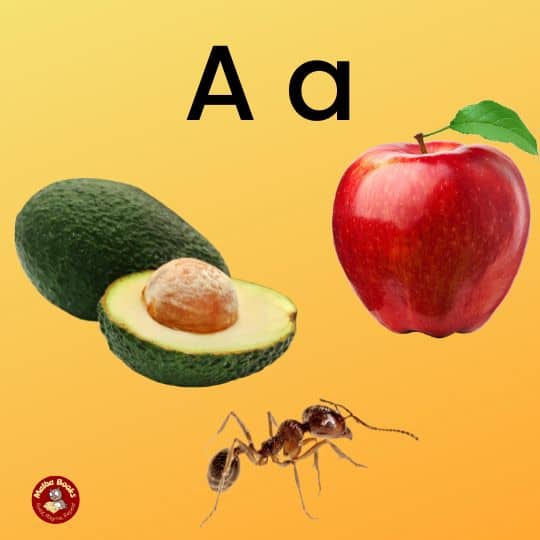
Help them practice at home:
There are a number of ways you can help your child practice phonics at home. With online games, apps, and worksheets there are plenty of available materials that will help them.Are your children using phonics in school?
If you are unsure about anything, or would like some more tips, be sure to talk to your child's teacher. They will be able to give you more information and resources that will help your child learn phonics.
By following these tips, you can help your child learn phonics and become a better reader
